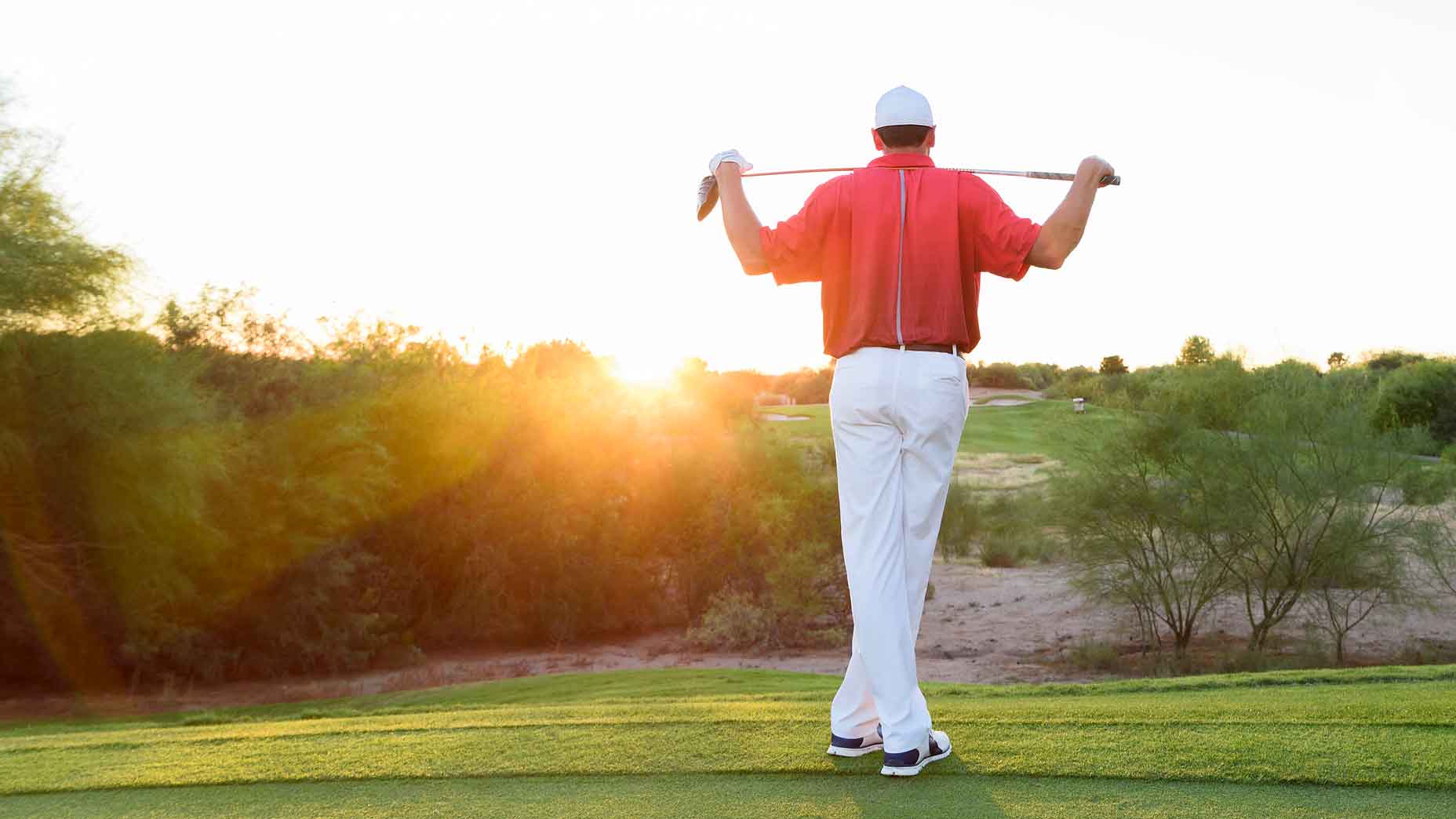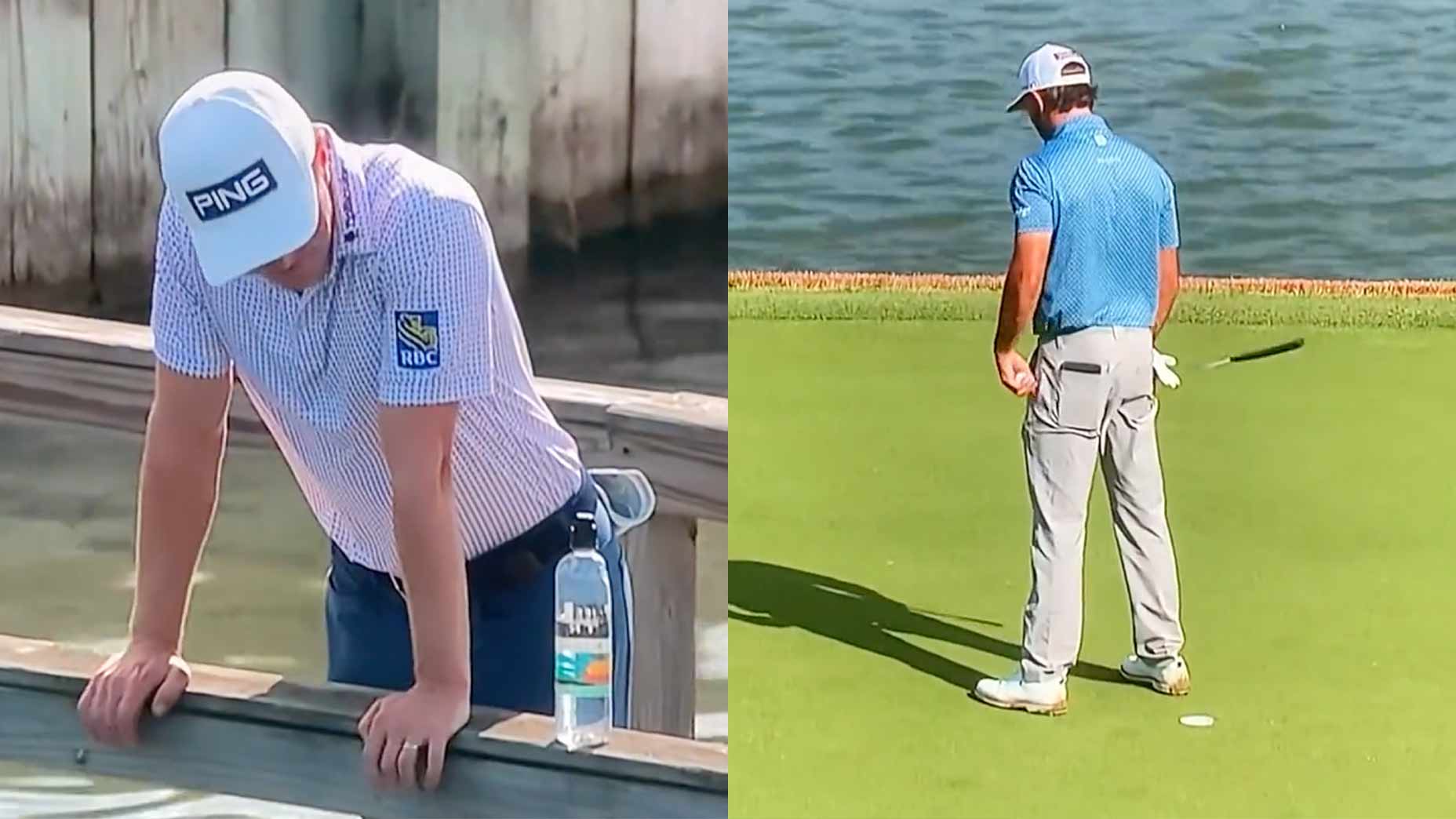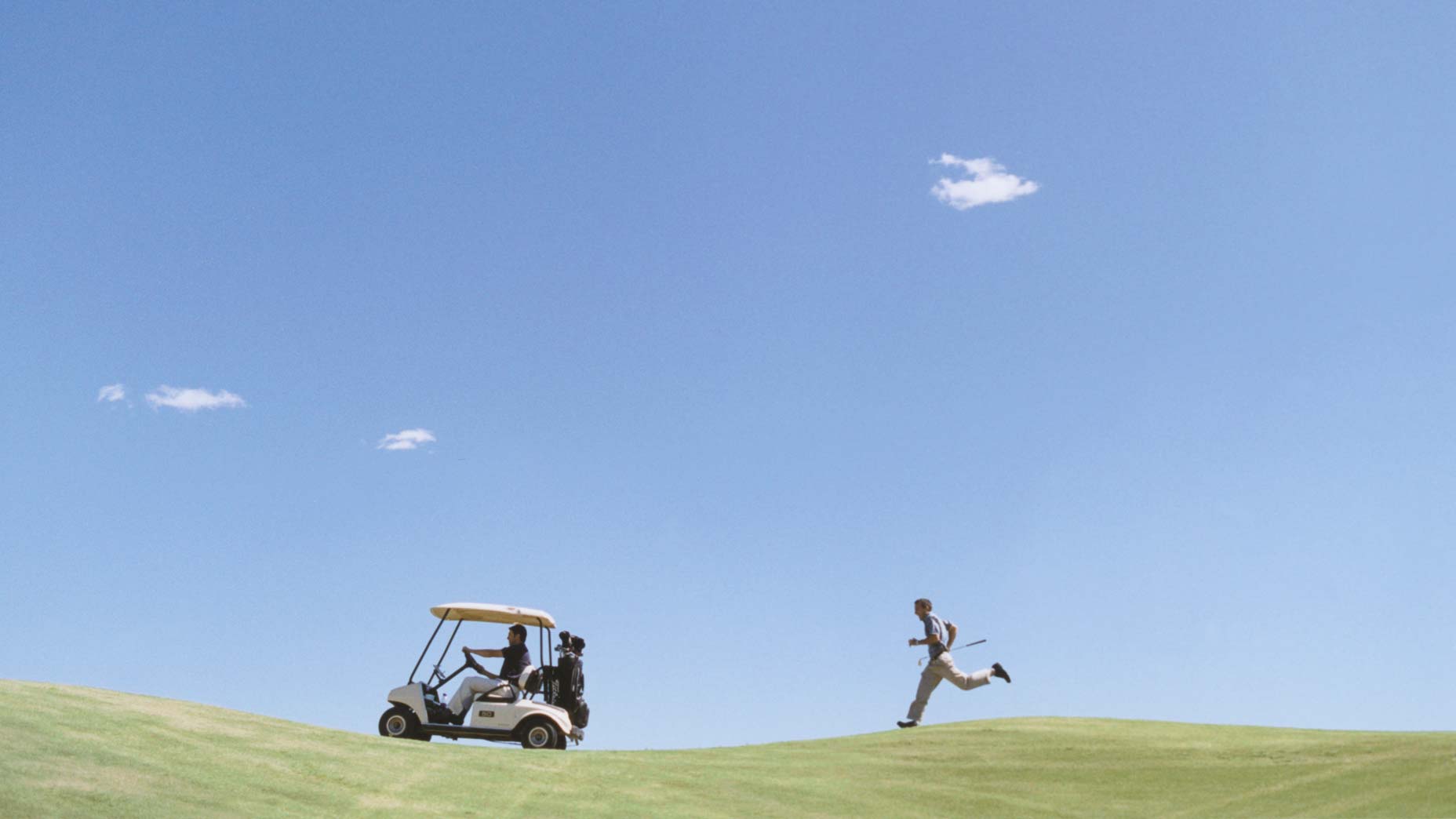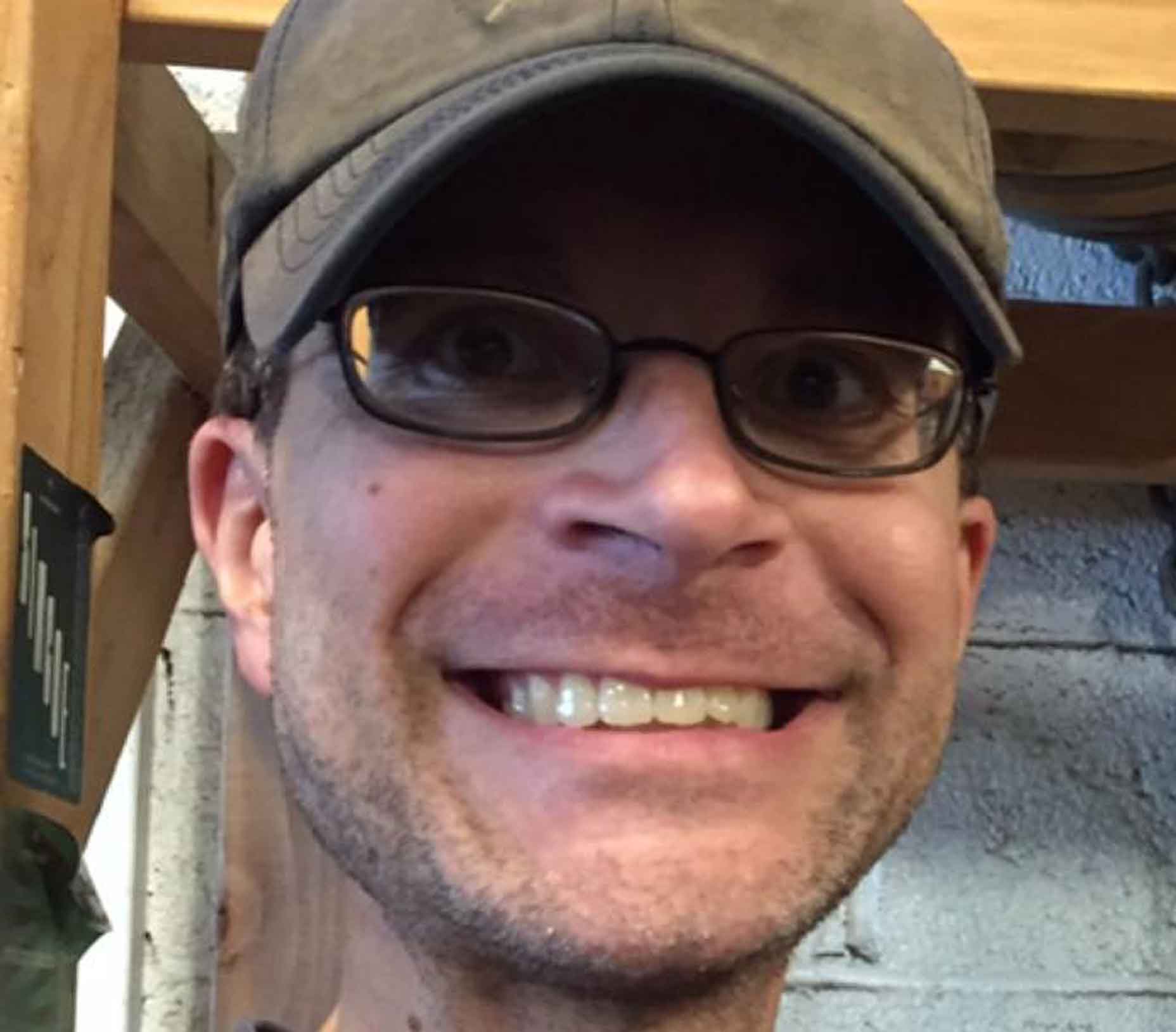From the practical to the funky, 20 ways to fix slow play — according to you

Getty Images
SLOW PLAY!
That’s how you start a story, right? With a real attention-grabber. The subject stings like a shank, doesn’t it? It annoys your pro-golf viewing experience like a rain cloud or a commercial. And man, have we been hearing about it lately — including at last week’s Masters. There, Brooks Koepka said that play had been so slow that playing partner and eventual winner Jon Rahm went to the bathroom — seven times. That’s … something.
But the aim here is to solve. To be proactive. To move ahead.
So on Saturday, I tweeted to the masses. Our GOLF.com Facebook page shared a similar note. And it read:
“Watching the golf today and reading the narrative from the past week, I’m wondering: If pace of play is slow, how do YOU believe it could pick up? Gimme the practical. But I’ll take some weird ideas, too!”
You wonderfully replied.
The answer is complicated, of course. There is protocol in place already — the Rules of Golf cover it under rule 5.6, and you can read about the PGA Tour’s code here — but you only rarely hear about enforcement. (It’s here where we must point you to an excellent piece from No Laying Up’s Kevin Van Valkenburg, who digs more into the subject.)
So maybe your responses at least begin the conversation. After all, sometimes the best ideas come from just spit-balling. (And if you’re interested in solutions for your own golf, GOLF’s Nick Dimengo surveyed our Top 100 Teachers here, and GOLF’s Zephyr Melton wrote about how pace of play affects your scores here.)
With that, here are 20 ideas from you.
Use a shot clock
This was, by far, the most-popular response. (The second-most may surprise you, and it’s at the end — I want you to read the whole story!) Basketball has a shot clock, and football has a play clock. Baseball recently introduced a form of it. Why not golf?
Wrote one reader: “Shot clocks. The game can afford it.”
Wrote another: “Shot clock, just like basketball has had, and like baseball started this year.
Forty-five seconds for the first person to shoot, 30 seconds for each subsequent player, and give each player two or three ‘timeouts’ at their discretion if a shot needs extra time.”
Wrote another: “Shot clock, 25 seconds from the time you address the ball — before an air horn goes off in your downswing. Also two minutes from the time you reach your ball.”
Wrote another: “Well, pitchers have a pitch clock now. Maybe same solution. Not sure how or who would keep track of it, though.”
Good questions. Who would police the clock? Would video boards be placed all around Augusta National? Hard to say.
Use range finders
Another popular response. The Rules of Golf allow for them, but events can also prohibit them — notably, the PGA Championship has put them in play. Wrote one reader: “Let them use range finders. All the math the caddies do takes way more time than needed. They know their distances for every club so well that this would easily speed up pace of play.”
Wrote another: “There’s no reason range finders can’t be used. That alone will save time. Get with the times, PGA Tour. You’re getting lapped!”
Only the player should read the putt
Wrote one reader: “Stop letting the caddie read every putt! Should be up to the player, with minimal input from the caddie. Reading the putt should be the responsibility of the player.”
Limit caddie conversations
Jordan Spieth may struggle with this one. Wrote one reader: “Limit caddie visits per shot to one, and for 15 seconds.”
Use carts
They’re allowed on the PGA Tour Champions circuit, so … Wrote one reader: “If people wanna see the game move faster — let the players use carts. A lot of time is lost by players conserving energy by walking at a stroll pace.”
Let caddies use Segways
OK, it would be fun to watch Bones motoring down the fairway. Wrote one reader: “Let caddies use motorized Segways. They can get to the ball and use a range finder. These guys have a boardroom discussion over every shot. I mean, if the wind is in from the right, does your caddie really need to show you????”
Less use of rules officials
Wrote one reader: “One thing I haven’t read a lot about is the amount of times the action stops for a rules official. Let’s go back to more instances where a second ball is played on that hole, which will consequently add drama and suspense to the situation, causing viewers to stick around to see what the ruling ends up being after the round. It not only will speed up play and boost ratings, but it also sets a better precedent for those watching at home on how THEY should settle rules questions, and allows for continuous updates on certain rules situations.”
Slow the greens down
Wrote one reader: “Slow the greens so pros don’t have to mark 6-inch putts. And slower greens have less break so looks from every angle will be less. And lastly, scores will rise, and putting will be an art again.”
Make the finish line bigger
I mean, I personally would take this. Wrote one reader: “Make the hole bigger.”
Put a tracker in golf balls
OK, where can I buy a hundred dozen of these? Wrote one reader: “Small tracking device inside golf balls.”
Encourage the Matt Fitzpatrick method
This was brought to light thanks to a tweet this past weekend from Golf Digest’s Evin Priest, who said that Matt Fitzpatrick goes through his pre-shot routine while his playing partner hits.
It should also be noted that Fitzpatrick won the RBC Heritage this past weekend and is the defending U.S. Open champion. Wrote one reader: “I think Matthew Fitzpatrick has the answer. Start prepping for your shot even when it’s not your turn. These guys all know that, so idk why they take so long.”
Grip and foot counts
In terms of creativity, this one was one of my favorites. Wrote the reader: “Grip count. Foot count. Each max at four times lol. Move more than that and it’s a penalty.”
List the time limit on the scorecard
This was one of the more detailed responses. Wrote the reader: “The easiest and simplest is to put the times that they should finish a hole below each hole on the scorecard. If a player is more than six minutes behind that pace, they get a one-stroke penalty for each hole finished more than six minutes behind pace. A shot clock is not practical. Some shots take longer than others. So if a particularly hard shot takes longer than normal, then you will have to shoot faster on the next shot. And if your playing partner or partners are slowing the group down, you should not have to wait for them. Finish the hole and go on to the next one.”
Use a season-long monitor
Wrote one reader: “Four hours, 15 minutes for the round. Deduction for waiting for the group in front, waiting for a rules official, ball hitting a spectator. Finish over the time, and you earn points. Finish under the time, and you are deducted points. The points are added up at the end of the season — and points = fines.
Wrote another: “Track everyone’s speed. Hand out FedEx points to the fastest players. Slowest players lose FedEx points.”
Spread out tee times
Currently, on the PGA Tour, there are usually about 10 minutes between tee times. Wrote one reader: “Leave 30 minutes between the last four groups, Spread out the starting times.”
Limit the field sizes
LIV Golf, with 48 players, is on board already. Wrote one reader: “Smaller field. More time between tee times.”
Shotgun starts
Another concept in use by LIV. Wrote a reader: “One thing that helps — shotgun start.”
Everyone plays at the same time
OK, I’d watch this. Wrote one reader: “Everyone hits at the same time if possible from the fairways — like, if one person is on the left side of the fairway, and the other is on the right side, and you just both hit at the same time. Only one at a time for putting, chipping and greenside bunkers.”
Crowd noise after 10 seconds
Yeah, I’d watch this, too. Wrote one reader: “Ten seconds for each shot — after that, the crowd is allowed to yell and distract.”
The weird
A few ideas under this label, and all are a little … out there. Anyway, here they are.
Wrote one reader: “Something like a combine harvester with whirling blades behind each player moving at the desired pace of play.”
Wrote another: “Taser 90 seconds after address.”
Wrote another: “Squid Game deal.”
Wrote another: “Pro shop sends out a drone and buzzes the slow group until they are back on proper pace.”
Wrote another: “Shock collars?”
Be patient
The second-most popular response from you?
Golf shouldn’t do anything. Just let it be. Be patient. If anything, follow the standards already in place.
Wrote one reader: “Some future greats might never have gotten that good if they were timed on every round. We need to chill and enjoy. It’s a good time out in the sun and with friends.”
Wrote another: “Don’t rush a good thing. Some plays require strategic planning. Thinking takes time, and if that’s what is needed, so be it. Golf should not be rushed. It is a relaxing sport. I doubt Phil Mickelson would have made half of his amazing shots if he had been rushed. Jordan Spieth, too!
Wrote another: “There is no pace-of-play problem on the PGA Tour. Just continue to enforce the existing rules. This has gotten overblown by folks in the golf media.”
My apologies.






